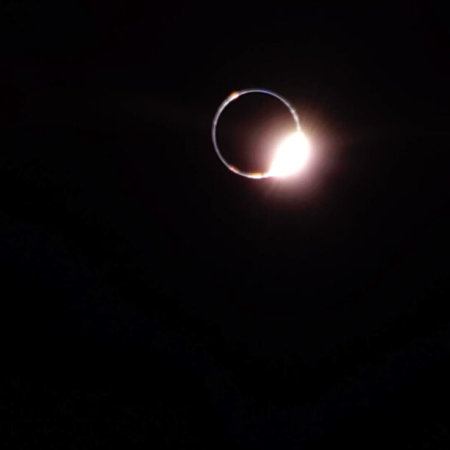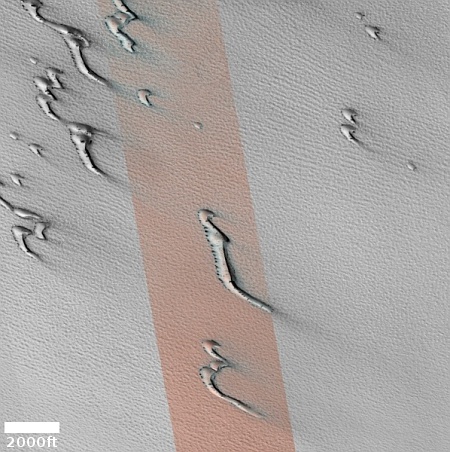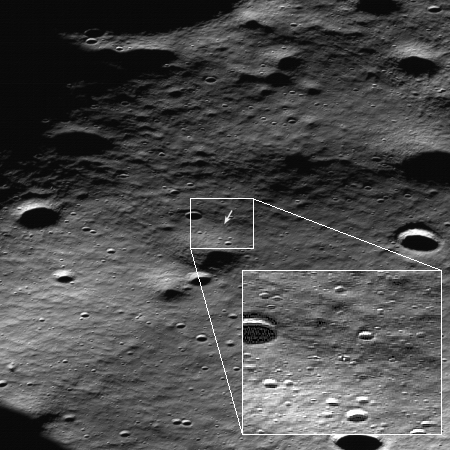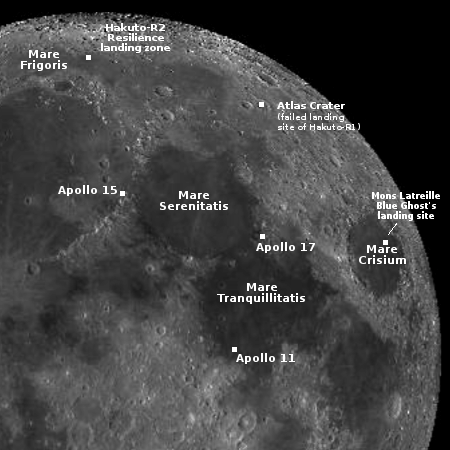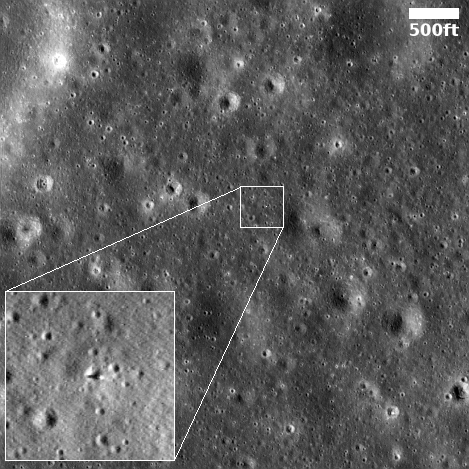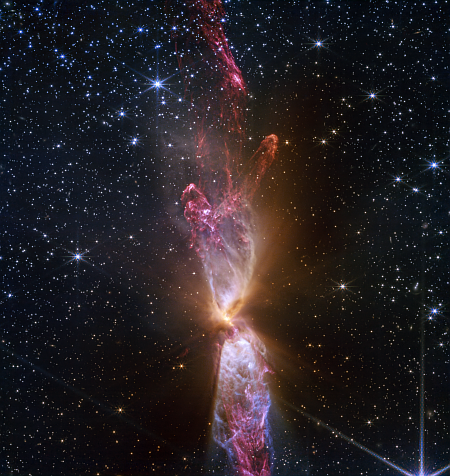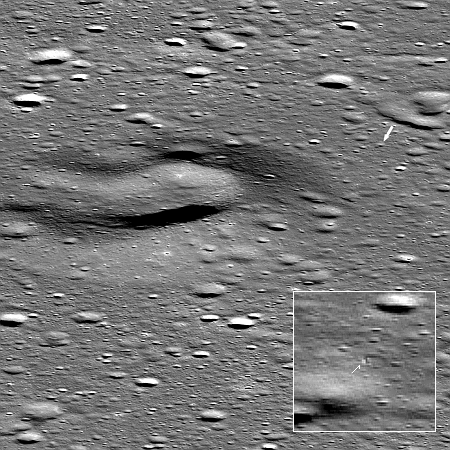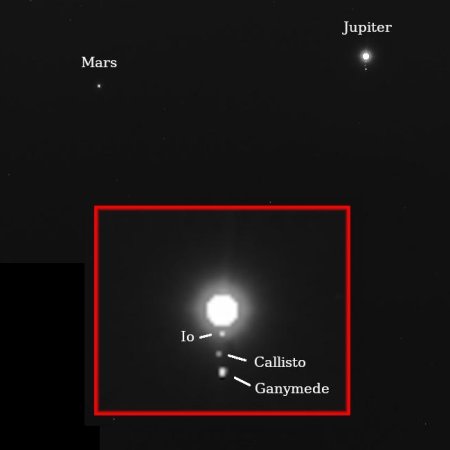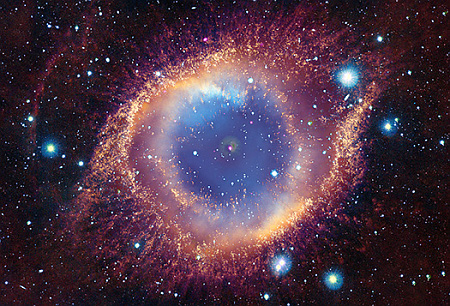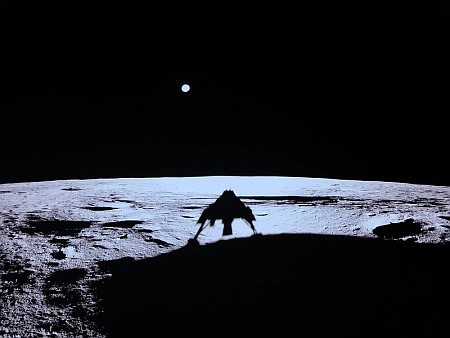Blue Ghost watches the Earth eclipse the Sun from the Moon
Firefly’s Blue Ghost lunar lander last night successfully recorded images and data as the Earth slowly over hours crossed the face of the Sun, producing an eclipse.
The image to the right, cropped and reduced slightly to post here, is one such image. From the Firefly update page:
Captured at our landing site in the Moon’s Mare Crisium around 3:30 am CDT, the photo shows the sun about to emerge from totality behind Earth. This marks the first time in history a commercial company was actively operating on the Moon and able to observe a total solar eclipse where the Earth blocks the sun and casts a shadow on the lunar surface. This phenomenon occurred simultaneously as the lunar eclipse we witnessed on Earth.
The company has the right to tout its success, since it is the first of five private companies to actually succeed at a landing on the Moon. However, this is not the first such eclipse captured by a lander on the Moon. Surveyor 3 did it in April 1967, while Japan’s Kaguya orbiter did it also in 2009. (Watch this great lecture outlining the entire Surveyor program, presented during the 50th anniversary of its success. Hat tip reader Richard M.)
It is now past noon on the Moon, the temperatures will begin dropping, and Firefly will begin reactivating some instruments for the final week of operations before lunar sunset and shutdown for the long very cold lunar night.
Firefly’s Blue Ghost lunar lander last night successfully recorded images and data as the Earth slowly over hours crossed the face of the Sun, producing an eclipse.
The image to the right, cropped and reduced slightly to post here, is one such image. From the Firefly update page:
Captured at our landing site in the Moon’s Mare Crisium around 3:30 am CDT, the photo shows the sun about to emerge from totality behind Earth. This marks the first time in history a commercial company was actively operating on the Moon and able to observe a total solar eclipse where the Earth blocks the sun and casts a shadow on the lunar surface. This phenomenon occurred simultaneously as the lunar eclipse we witnessed on Earth.
The company has the right to tout its success, since it is the first of five private companies to actually succeed at a landing on the Moon. However, this is not the first such eclipse captured by a lander on the Moon. Surveyor 3 did it in April 1967, while Japan’s Kaguya orbiter did it also in 2009. (Watch this great lecture outlining the entire Surveyor program, presented during the 50th anniversary of its success. Hat tip reader Richard M.)
It is now past noon on the Moon, the temperatures will begin dropping, and Firefly will begin reactivating some instruments for the final week of operations before lunar sunset and shutdown for the long very cold lunar night.

